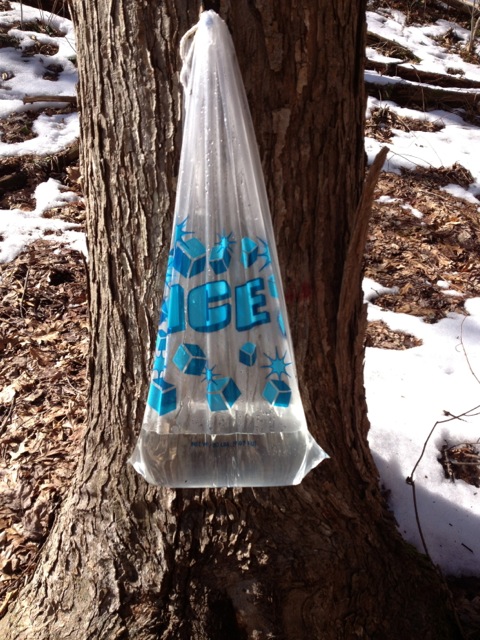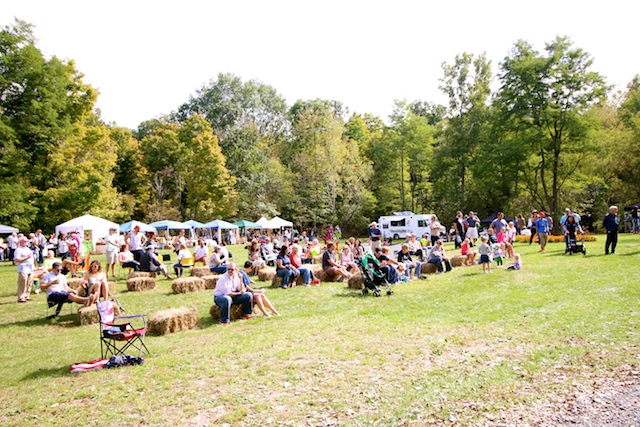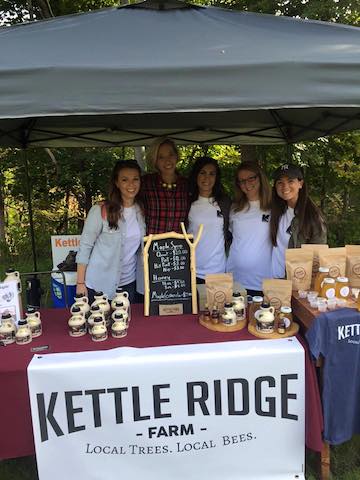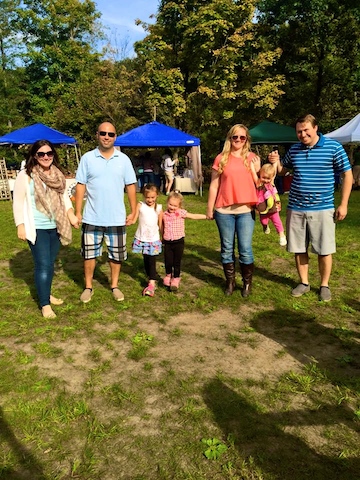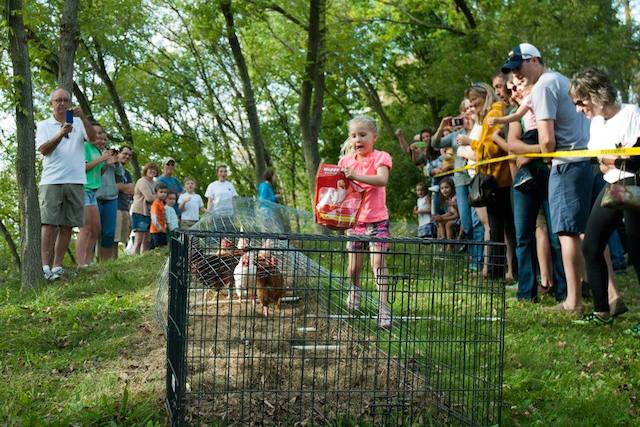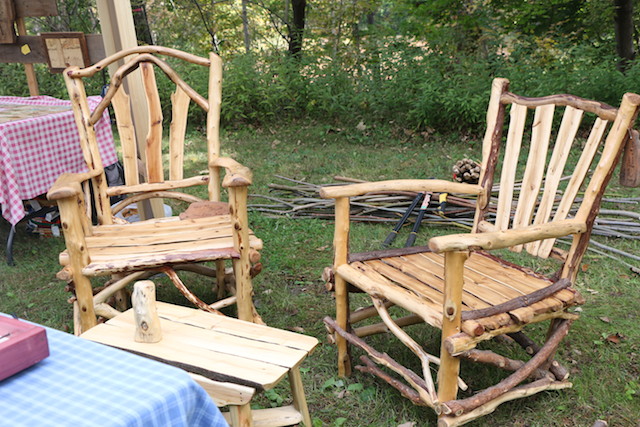The 2016 maple sugaring season at Kettle Ridge Farm was a successful one:
- We nearly doubled the number of taps from 2015, thanks to a few awesome neighbors who permit us to tap the maple trees on their properties.
- We more than doubled the number of families participating in our Adopt-a-Maple Program, and had plenty of outrageously fun outings with families that came out to help tap their adopted tree and enjoy a sampling of maple syrup.
- We produced about 70% more maple syrup than in 2015. (Why not more? We missed a couple of sap runs due to the extraordinarily early spring warm-up.) Our new glass flasks and custom labels have been popular.
- We participated for the first time in the statewide New York Maple Weekend. A committed crew of volunteers helped us handle the steady stream of visitors with no surprises. We are already planning an expanded slate of activities for the 2017 Maple Weekend.
- Our pilot launch of the Community Sap Collection Center ran smoothly and we look to expand it next year.
- We attracted a significant amount of media attention on local TV and in local newspapers. State Senator Rich Funke, Chair of the Senate Tourism Committee, produced a captivating video featuring Kettle Ridge Farm.
- We hosted a number of group tours of our maple operation including the Rochester School for the Deaf, Monroe #1 BOCES, Hickok Center for Brain Injury, and the Genesee Valley Club Culinary Team
Attention now turns to honey bees! the addition of ten new honeybee colonies (purchased through the local bee club), Kettle Ridge Farm’s apiary operation has now grown to 25 hives in four different bee yards. The warmer temperatures provided perfect conditions for overwintering, and our colony survival rate so far is 100%. (Compare this to our 20% survival rate last year!).
To keep things straight, we assign a college name to each of our beehives. Right now we have the following schools represented: St. John Fisher, Nazareth, SUNY Geneseo, Ohio State, Williams, Monroe Community College, University of Rochester, Hobart, Tufts, Boston College, Springfield, Univ. of Illinois, Harvard, St. Lawrence, Notre Dame, Villanova, St. Bonaventure, FLCC, SUNY Cortland, Syracuse, Hartwick, Cazenovia, and CalTech. Feel free to send us suggestions for future hives. If we capture a swarm of bees that you report to us, that colony will most definitely be named after the college of your choice.
If all goes well at these schools, we will soon have honey to sell.




